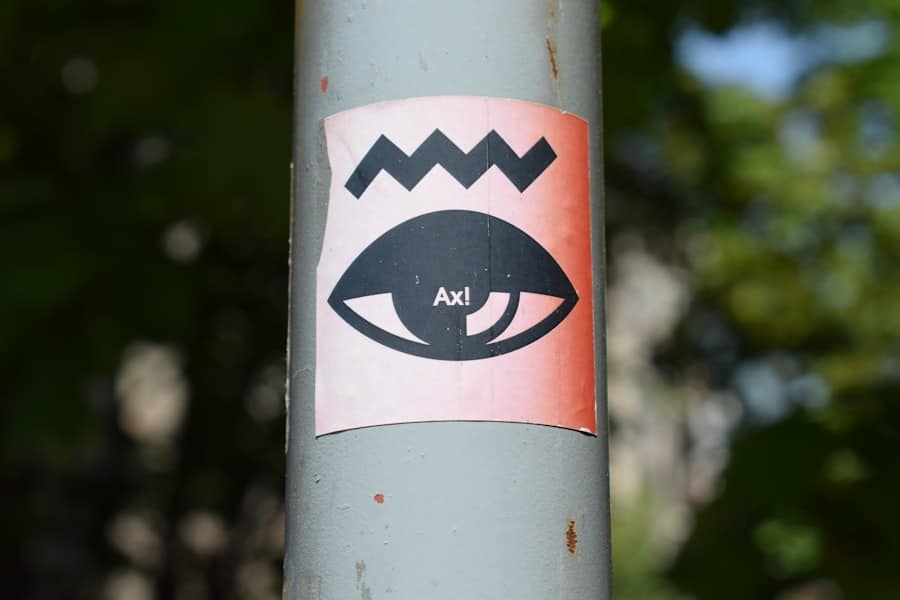The advent of artificial intelligence has revolutionized numerous sectors, but its application in the realm of misinformation has raised significant concerns. AI-powered misinformation campaigns leverage sophisticated algorithms and machine learning techniques to create, disseminate, and amplify false information at an unprecedented scale. These campaigns can generate realistic fake news articles, manipulate images and videos, and even produce deepfake content that can convincingly impersonate real individuals.
The ability of AI to analyze vast amounts of data allows these campaigns to target specific demographics with tailored messages, making them more effective than traditional misinformation tactics. One of the most alarming aspects of AI-driven misinformation is its speed and efficiency. Unlike human-operated campaigns that require time and effort to craft and distribute misleading content, AI can automate these processes, producing thousands of misleading posts in mere minutes.
This rapid dissemination can overwhelm fact-checking organizations and social media platforms, making it increasingly difficult for users to discern truth from falsehood. Furthermore, the algorithms that govern social media platforms often prioritize engagement over accuracy, inadvertently promoting sensationalized or misleading content that garners more clicks and shares. As a result, AI-powered misinformation campaigns can spread like wildfire, influencing public opinion and undermining trust in legitimate sources of information.
Key Takeaways
- AI-powered misinformation campaigns use advanced technology to spread false information and manipulate public opinion.
- The impact of AI-powered misinformation campaigns can be widespread, leading to social unrest, political instability, and erosion of trust in institutions.
- Strategies for detecting AI-powered misinformation campaigns include using machine learning algorithms, natural language processing, and network analysis.
- AI can play a crucial role in combating misinformation by identifying and flagging false information at scale.
- Collaborative efforts involving governments, tech companies, and civil society are essential to effectively counter AI-powered misinformation campaigns.
Identifying the Impact of AI-Powered Misinformation Campaigns
The impact of AI-powered misinformation campaigns is profound and multifaceted, affecting various aspects of society, including politics, public health, and social cohesion. In the political arena, these campaigns can sway elections by spreading false narratives about candidates or policies. For instance, during the 2016 U.S.
presidential election, numerous AI-generated posts circulated on social media platforms, distorting facts about candidates and influencing voter perceptions.
In the realm of public health, the consequences of AI-driven misinformation can be dire.
The COVID-19 pandemic highlighted how quickly false information could spread, with AI tools being used to generate misleading claims about the virus’s origins, treatment options, and vaccine efficacy. This misinformation not only confused the public but also contributed to vaccine hesitancy and non-compliance with health guidelines. The ramifications extend beyond individual health choices; they can strain healthcare systems and hinder efforts to control outbreaks.
The pervasive nature of AI-generated misinformation poses a significant threat to informed decision-making in critical areas that affect public welfare.
Strategies for Detecting AI-Powered Misinformation Campaigns

Detecting AI-powered misinformation requires a multifaceted approach that combines technological solutions with human oversight. One effective strategy involves employing advanced machine learning algorithms designed to identify patterns indicative of misinformation. These algorithms can analyze linguistic features, such as sentiment analysis and semantic coherence, to flag content that deviates from established norms of credible information.
For example, researchers have developed models that can detect anomalies in writing styles or inconsistencies in factual claims, enabling quicker identification of potentially misleading content. In addition to algorithmic detection, media literacy education plays a crucial role in empowering individuals to recognize misinformation. By equipping users with the skills to critically evaluate sources and verify claims, society can build resilience against deceptive narratives.
Educational initiatives can focus on teaching individuals how to assess the credibility of information by examining the source’s reputation, cross-referencing facts with reliable outlets, and understanding the motivations behind certain narratives. Combining technological detection methods with enhanced media literacy creates a robust defense against the spread of AI-powered misinformation.
The Role of AI in Combating Misinformation
While AI is often associated with the proliferation of misinformation, it also holds significant potential for combating it. Machine learning algorithms can be trained to identify and flag false information before it gains traction on social media platforms. For instance, platforms like Facebook and Twitter have begun implementing AI-driven systems that analyze user-generated content for signs of misinformation.
These systems can automatically label posts as potentially misleading or direct users to fact-checking resources, thereby curbing the spread of false narratives. Moreover, AI can assist in the development of more sophisticated fact-checking tools. By utilizing natural language processing (NLP), AI systems can quickly analyze large volumes of text to verify claims against established databases of factual information.
This capability not only speeds up the fact-checking process but also enhances its accuracy by reducing human error. As these technologies evolve, they will become increasingly adept at distinguishing between credible information and misinformation, providing a valuable resource for both individuals and organizations seeking to navigate the complex information landscape.
Collaborative Efforts to Counter AI-Powered Misinformation Campaigns
Addressing the challenge of AI-powered misinformation requires collaboration across various sectors, including technology companies, governments, academia, and civil society organizations. Tech companies play a pivotal role in this ecosystem; they must prioritize transparency in their algorithms and take responsibility for the content shared on their platforms. Initiatives such as partnerships with fact-checking organizations can enhance the credibility of information circulating online.
For example, Google has collaborated with fact-checkers to provide users with context about news articles and highlight verified information. Governments also have a critical role in establishing regulatory frameworks that hold platforms accountable for the spread of misinformation while balancing freedom of expression. Legislative measures aimed at increasing transparency around political advertising and requiring platforms to disclose their algorithms can help mitigate the impact of AI-driven misinformation campaigns.
Additionally, fostering partnerships between governments and academic institutions can facilitate research into the dynamics of misinformation and inform policy decisions based on empirical evidence.
Ethical Considerations in Addressing AI-Powered Misinformation

The ethical implications surrounding the use of AI in combating misinformation are complex and multifaceted. On one hand, deploying AI tools for detection and mitigation can enhance public discourse by promoting accurate information; on the other hand, there are concerns about censorship and the potential for bias in algorithmic decision-making. The challenge lies in ensuring that efforts to combat misinformation do not infringe upon individual rights or suppress legitimate discourse.
Moreover, there is a risk that reliance on automated systems may lead to overreach or misclassification of content as misinformation when it is not. This highlights the importance of maintaining human oversight in the fact-checking process to ensure that nuanced contexts are considered before labeling content as misleading. Ethical frameworks must be established to guide the development and deployment of AI technologies in this space, ensuring that they are used responsibly and transparently while safeguarding democratic values.
Implementing Technology Solutions to Counter AI-Powered Misinformation
To effectively counter AI-powered misinformation campaigns, technology solutions must be implemented at multiple levels. One promising approach involves developing comprehensive monitoring systems that utilize machine learning algorithms to track the spread of misinformation across social media platforms in real-time. These systems can provide insights into how false narratives evolve and identify key influencers who amplify misleading content.
By understanding these dynamics, stakeholders can devise targeted interventions to disrupt the dissemination of false information. Additionally, integrating blockchain technology into information verification processes offers a novel solution for enhancing transparency and accountability. Blockchain’s decentralized nature allows for secure tracking of information sources and modifications over time, creating an immutable record that users can reference when evaluating claims.
This technology could empower individuals to trace the origins of information and verify its authenticity before sharing it further.
The Future of Tackling AI-Powered Misinformation Campaigns
As technology continues to evolve, so too will the strategies employed to tackle AI-powered misinformation campaigns. The future will likely see advancements in both detection technologies and educational initiatives aimed at fostering critical thinking skills among users. Innovations such as augmented reality (AR) could be harnessed to provide contextual information about news stories as users engage with them online, enhancing their ability to discern credible sources from misleading ones.
Furthermore, international cooperation will become increasingly vital in addressing the global nature of misinformation campaigns. Collaborative efforts among nations to share best practices, research findings, and technological advancements will be essential in developing a unified response to this pressing issue. As societies grapple with the challenges posed by AI-driven misinformation, a proactive approach that combines technological innovation with ethical considerations will be crucial in safeguarding informed public discourse for future generations.
In the ongoing battle against AI-powered misinformation campaigns, it’s crucial to stay informed about the tools and technologies that can help mitigate these challenges. An interesting related article is

